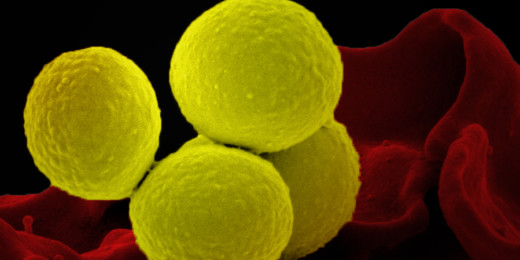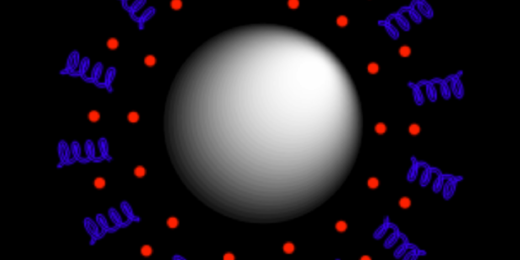Nicole Martinez-Martin, a postdoctoral fellow in biomedical ethics, shares her experiences in the realms of teaching, law, and health in this In the Spotlight Q&A.
Month: November 2018
From heart disease to cancer: New study tracks shift of county death rates
The leading cause of death in the U.S. is shifting from heart disease to cancer at varying paces across the country, according to Stanford research.
Seven-year-old returns to life as a “normal, healthy child” following bone marrow transplant
Thanks to a bone marrow transplant from his four-year-old brother, Ikkei Takeuchi is back to playing sports and enjoying life in the U.S.
Getting better: A patient is more than a collection of numbers
In this Stanford Medicine Unplugged post, medical student Steven Zhang reflects on the importance of remembering that a patient is more than their "numbers."
Dissecting high drug costs
A Stanford professor unpacks some of the dynamics of the current drug pricing system and the potential effects of other approaches to this market.
AI could help veterinarians code their notes
A new algorithm helps turn veterinary notes into systemic codes, a development that could help track disease and enable drug trials.
A new strategy for combatting antibiotic-resistant infections
Stanford chemists have developed a potential new strategy for fighting antibiotic-resistant bacterium — adding a new molecule onto an existing antibiotic.
Is zinc the link to how we think? Some evidence, and a word of warning
Studies have associated low zinc levels with autism spectrum disorder. But why this should be the case has been unclear. Now, scientists may have an explanation for the link.
Behind many a Parkinson’s case lurks a mutation in a gene called LRRK2 — why?
Genetic mutations affecting a single gene called LRRK2 play an outsized role in Parkinson's disease, but nobody's been able to say what the connection is between the genetic defect and the brain-cell die-off that characterizes the condition. Here's a clue.
Science is on trial – and we need doctors to provide the defense
In this piece, Dean Lloyd Minor argues that doctors and researchers have a responsibility to educate people about the role and value of science.
The lifespan of people over 65 in developed areas is increasing
Stanford study finds the lifespan of people over the age of 65 in developed countries is steadily increasing and is showing no signs of slowing down.
Journalist examines OxyContin’s role in opioid crisis
During a talk at Stanford, journalist and author Barry Meier discussed his nearly two-decade long investigation into OxyContin and Purdue Pharma.
The future of FAST: Bright and bigger
What will the future of FAST, the science education program led by Stanford graduate students, look like? Will its benefits extend beyond San Jose?
Understanding AFib: Tips for a healthy life with atrial fibrillation
In this final piece in the Understanding AFib series, physician Randall Stafford offers evidence-based advice for remaining healthy with the condition.
What should parents know about acute flaccid myelitis? A Stanford expert explains
A Stanford specialist clarifies misconceptions about acute flaccid myelitis, a rare complication of certain viral infections in children.
Nanoparticle ‘cage’ allows for safe, noninvasive, precise drug delivery in the brain
Stanford researchers have shown in rats that pharmacologically active amounts of a fast-acting anesthetic drug could be released from nanoparticle "cages" in small, specified brain areas at which the scientists had aimed a beam of focused ultrasound. In principle, the same approach could work for many drugs with widely differing pharmacological actions and psychiatric applications, and even for some chemotherapeutic drugs used to combat cancer.

















